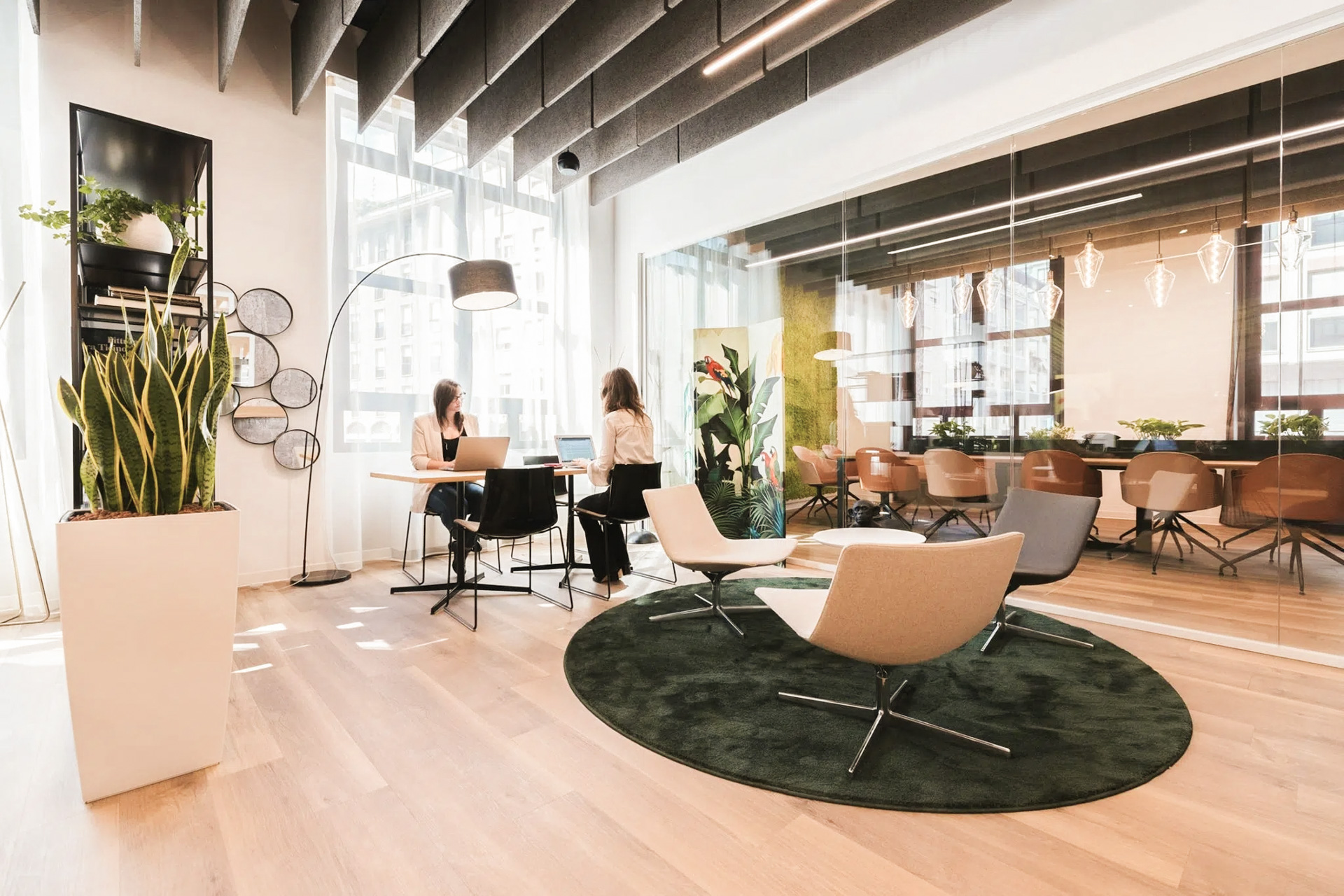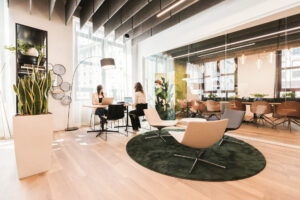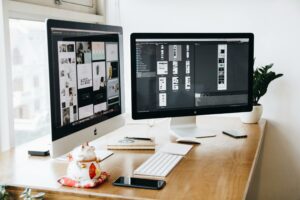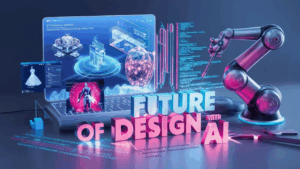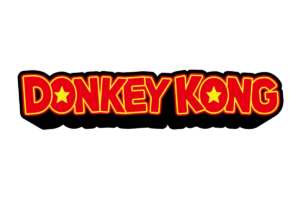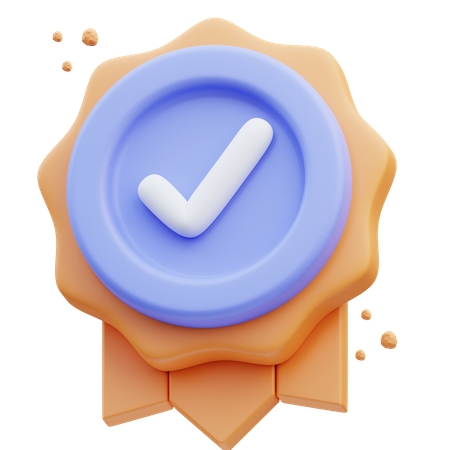In the fast-evolving world of tech startups and creative SaaS teams, workspace design is no longer just about tables and chairs—it’s about productivity, scalability, and team culture. As hybrid work becomes the default across Sydney, Melbourne, and Brisbane, Australian businesses are reimagining their physical spaces to better align with digital workflows. A strategic commercial office fit-out is no longer a luxury—it’s a competitive advantage.
From UI/UX-driven tech teams to agile SaaS startups, well-planned workspaces now serve as a physical manifestation of operational intent. Let’s explore how future-focused office fit-out services are enabling lean, creative teams to thrive and scale smarter.
The Post-Pandemic Workspace Reset
When Australian tech firms pivoted to hybrid work, many discovered that their existing office setups no longer supported how their teams actually functioned. Rows of unused desks, awkward meeting zones, and underutilised breakout areas were symptoms of outdated layouts.
Today’s modern workspace needs to adapt to the cadence of asynchronous work, remote collaboration, and cross-functional innovation. Whether you’re running a design sprint, hosting a product roadmap session, or onboarding a distributed dev team, your workspace must support flexibility and focus.
This is where commercial office fit-out services are reshaping the conversation—transforming static office layouts into agile hubs for innovation.
What Is a Commercial Office Fit-Out?
A commercial office fit-out goes beyond basic renovations. It encompasses a strategic overhaul of space usage, flow, functionality, and brand experience. From the selection of ergonomic furniture to the positioning of collaboration zones and the integration of acoustic treatments, every detail is designed to reflect how your team actually works.
Fit-out services often include:
- Spatial planning for tech-driven teams
- Modular workstations and touchdown zones
- Acoustic zoning for deep work vs. collaboration
- Brand-aligned aesthetics that impress clients and recruits
- Energy-efficient lighting, cabling, and tech integration
For startups, the right fit-out balances ambition and agility. For scaleups, it ensures the workspace grows with the team—not against it.
Designing Around UX and Development Teams
Product-first companies—especially those with in-house UX designers and Figma-native teams—require specific design considerations. Design sprints, stakeholder reviews, and team-wide standups demand flexible layouts.
With tools like Figma, Notion, and Slack redefining how teams build and communicate, the physical workspace needs to reflect these dynamics.
Here’s how fit-outs support product teams:
- Breakout zones for iteration: Flexible layouts for whiteboard sessions, user journey mapping, or impromptu reviews.
- Quiet pods for focused UI prototyping: Designers can iterate without distractions.
- Flexible desks for cross-functional teams: Designers, devs, and PMs can rotate seats based on project phase.
A 2024 study from Monash University found that hybrid teams working in a custom-fit office reported 23% higher output and 30% fewer workplace distractions.
Web Design Agencies and Client-Facing Space
For web design firms or creative agencies, space isn’t just functional—it’s part of the brand. An office is often the first physical interaction clients have with your business. A strategic fit-out can help shape perception, signalling creativity, reliability, and technical depth.
Imagine walking into a Melbourne-based digital agency’s HQ where the boardroom has seamless screen mirroring for Figma mockup presentations, acoustic panels soften the soundscape, and a collaborative project wall visualises client roadmaps. These elements communicate clarity and control—qualities every digital client values.
Scalable Layouts for Growing SaaS Startups
For SaaS startups in Sydney or Brisbane, rapid team expansion can be both a success metric and a logistical headache. Commercial office fit-outs provide the scalable frameworks needed to accommodate new hires without frequent overhauls.
Here’s how:
- Modular desking systems scale without disruption.
- Dual-purpose spaces (e.g., training + lunch areas) optimise floor plans.
- Cable trays, monitor arms, and smart lighting prepare for tech upgrades.
Modern fit-outs incorporate wellness elements—like natural lighting, biophilic design, and sit-stand desk integration—appealing to today’s health-conscious workforce.
Tech-Forward Fit-Outs for Dev-Heavy Teams
For startups with heavy engineering teams, uninterrupted flow time is gold. Fit-outs can support this through:
- Noise zoning: Prevent dev teams from being distracted by marketing huddles or design chatter.
- Smart lighting: Prevents eye strain during long code sessions.
- Stand-up screens and digital walls: For quick sprint overviews and burndown charts.
It’s not just about furniture—it’s about developer experience (DX). When developers are comfortable, focused, and supported by intuitive environments, code quality and shipping speed naturally increase.
Localisation & Compliance Considerations
Australia’s commercial fit-out sector is governed by regulations relating to fire safety, accessibility, and ergonomic compliance. Partnering with a local expert ensures your layout doesn’t just look good—it’s legally sound, safe, and future-proofed for compliance with national codes.
This is especially critical for government tech tenders, EdTech startups operating in universities, or SaaS providers in regulated sectors like finance or health.
Why Fit-Out Strategy Aligns With UI/UX Thinking
UI/UX principles—user flow, accessibility, hierarchy, simplicity—don’t just apply to digital products. They also apply to spatial design. A good fit-out thinks of team members as “users,” walking through the space. It optimises their paths, choices, and comfort.
Just as a poorly structured web app causes friction, a poorly laid-out office creates micro-frustrations—bad acoustics, blocked paths, poor lighting—which over time sap creativity and momentum.
Final Thoughts: Build an Office That Works as Hard as You Do
In Australia’s fast-paced tech ecosystem, where talent is competitive and hybrid work is here to stay, your workspace should be a tool—not a hindrance.
A commercial office fit-out, done well, doesn’t just house your team—it empowers them. It reflects your brand, supports your workflows, and adapts to your growth.
Whether you’re building Figma design systems, launching the next big SaaS tool, or running agile retros, your environment matters.
Explore strategic commercial office fit-out services designed for scalability and growth—and start designing a workspace worthy of your product vision.

